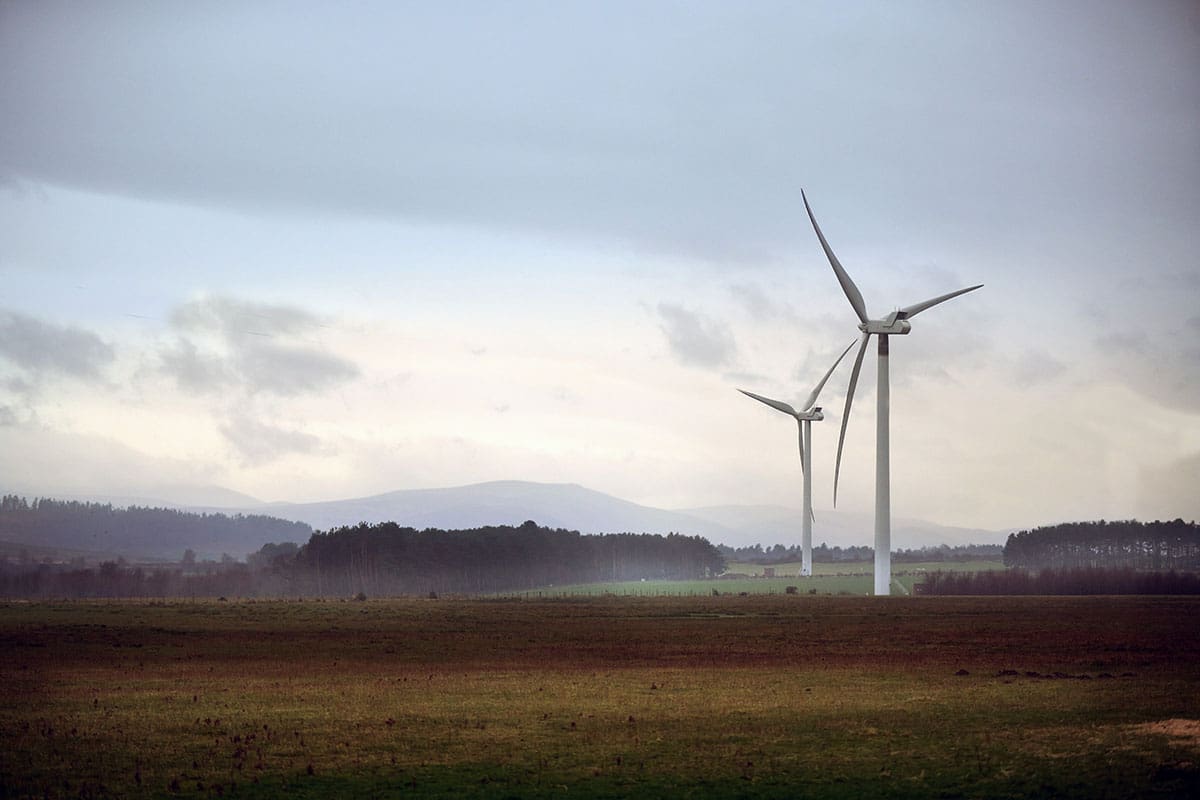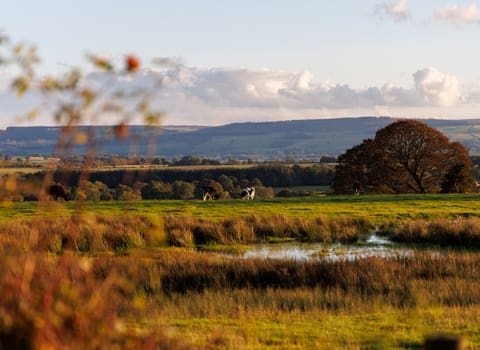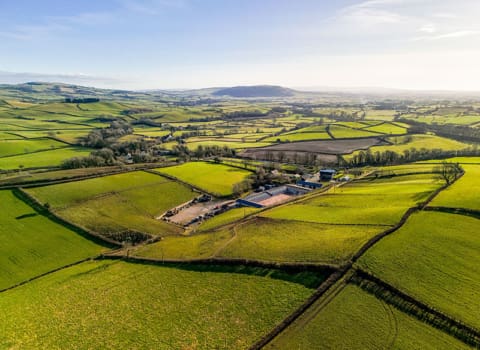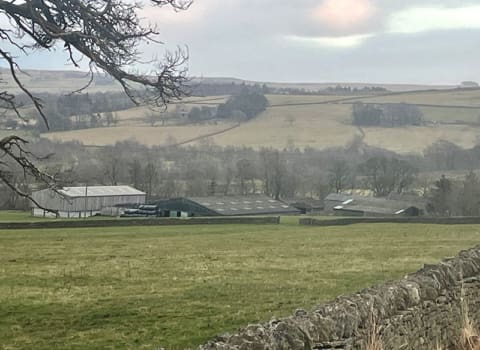Contact our offices
Main office
COLBURN
5 & 6 BAILEY COURT
COLBURN BUSINESS PARK
RICHMOND
NORTH YORKSHIRE
DL9 4QL
Estate Agency Offices are located in
BARNARD CASTLE, BOROUGHBRIDGE & RICHMOND
Residential Management Team
Our Offices
- Alnwick
01665 568310
Email Officealnwick@gscgrays.co.uk - Barnard Castle
01833 637000
Email Officebarnardcastle@gscgrays.co.uk - Boroughbridge
01423 590500
Email Officeboroughbridge@gscgrays.co.uk - Chester-Le-Street
0191 3039540
Email Officechester-le-street@gscgrays.co.uk - Colburn
01748 897630
Email Officecolburn@gscgrays.co.uk - Driffield
01377 337180
Email Officedriffield@gscgrays.co.uk - Hamsterley
01388 487000
Email Officehamsterley@gscgrays.co.uk - Hexham
01434 611565
Email Officehexham@gscgrays.co.uk - Kirkby Lonsdale
01524 880320
Email Officekirkbylonsdale@gscgrays.co.uk - Penrith
01768 597005
Email Officepenrith@gscgrays.co.uk

Preparing for the Wind Revolution Key steps for landowners.
In anticipation of the winds of government policy shifting favourably towards onshore wind energy, landowners find themselves at the forefront of the renewable energy solution, and a considerable opportunity for those in the right location.
The current policy landscape, dominated by stringent regulations hindering onshore wind development, is expected to undergo a transformation. This article explores recent announcements, anticipated policy changes, and provides insights into what landowners can do to prepare for a potential wind energy boom.
Historic Landscape: A Regulatory Barrier
The National Planning Policy Framework (NPPF) set stringent rules demanding local support for onshore wind projects. In 2018, the rules became even more restrictive, allowing a single local objection to derail a project’s planning permission. Developers, facing an almost insurmountable challenge, stopped exploring onshore wind developments during this policy era.
Changes on the Horizon: Easing the Ban
At the point of writing, there has already been a significant move by the UK Government as the de facto ban on onshore wind was eased in September 2023 through updates to the NPPF. This was the biggest shift since 2018 but has now been overshadowed by the announcement of the general election on 4th July.
Both the Conservative and Labour manifestos are relying on wind to meet their Net Zero targets. The Conservatives’ pledge is to ensure democratic consent for onshore wind ‘striking the right balance between energy security and the views of local communities’, whilst trebling offshore wind capacity. Labour’s manifesto is to double onshore wind and quadruple offshore wind capacity, aided by the launch of ‘Great British Energy’, a publicly-owned developer.
The Conservatives’ shift in position, coupled with the strong possibility of a Labour victory and their pro-wind stance, has sparked a surge in developers betting on a more favourable policy environment. Irrespective of the election result, they are predicting a resurrection of the onshore wind industry, at least to some degree, and are taking a proactive approach to secure prime opportunities and stay ahead of the mass market which could develop.
Caveats and Considerations: Grid Infrastructure and Timeframes
Like solar and battery developments, onshore wind projects will face challenges with grid connectivity. However, the alternative generation patterns of wind may open up possibilities in areas where solar has failed. Grid connection issues are expected to ease; National Grid’s ‘First Ready, First Connected approach’ takes effect from January 2025, and it is hoped that this will begin to free up the connection queue whilst aligning with potential policy changes and the investment announced in the Spring Budget to finance ongoing reforms and upgrades.
If the expected changes materialise, the re-birth of the subsidy free landscape may lead to larger wind developments, akin to the current trend in solar and battery projects. Whilst the upper limits are not known at present, economics will dictate that the bigger the scheme the better, but with the requirement to balance this against the availability of suitable land and the cumulative impact on the landscape.
How Landowners Can Prepare
GSC Grays can assist landowners in promoting their land to reputable developers. Evaluating wind speeds, grid availability, and various site restrictions is crucial in determining a land’s suitability for wind development.
Landowners can engage in developer-led projects by appraising developer interest, choosing a preferred developer, and then allowing the developer to secure the grid connection at their cost. Alternatively, they can take the lead in securing the grid independently by engaging appropriate specialists and then making a grid application. The latter option provides greater negotiation strength but carries the risk of investing substantial capital with less certainty around the planning position.
The Benefits to Landowners
Lease agreements structured with guaranteed base rents and revenue top-ups provide financial security for landowners. Beyond the economic benefits, onshore wind development allows for continued farming activities beneath turbines and exploration of other opportunities, such as Biodiversity Net Gain.
Multi-landowner schemes present opportunities for collaboration, incorporating landowners with a smaller acreage, whether that be through a turbine on their land or just facilitating access to inaccessible but otherwise suitable locations.
Navigating the Changing Landscape of Onshore Wind Energy
Engaging an experienced land agent is crucial to successfully navigate negotiations and secure favourable agreements, with fee coverage from developers usually limiting the landowner’s exposure as part of developer-led schemes.
As the winds of change sweep through the onshore wind energy landscape, landowners stand to benefit. Navigating this shift and securing a lucrative future with a wind energy development requires strategic planning, engagement with experienced professionals and a proactive approach.

GSC Grays News
Residential Property Market: Recent Trends and Prospects for the year ahead
Read more







